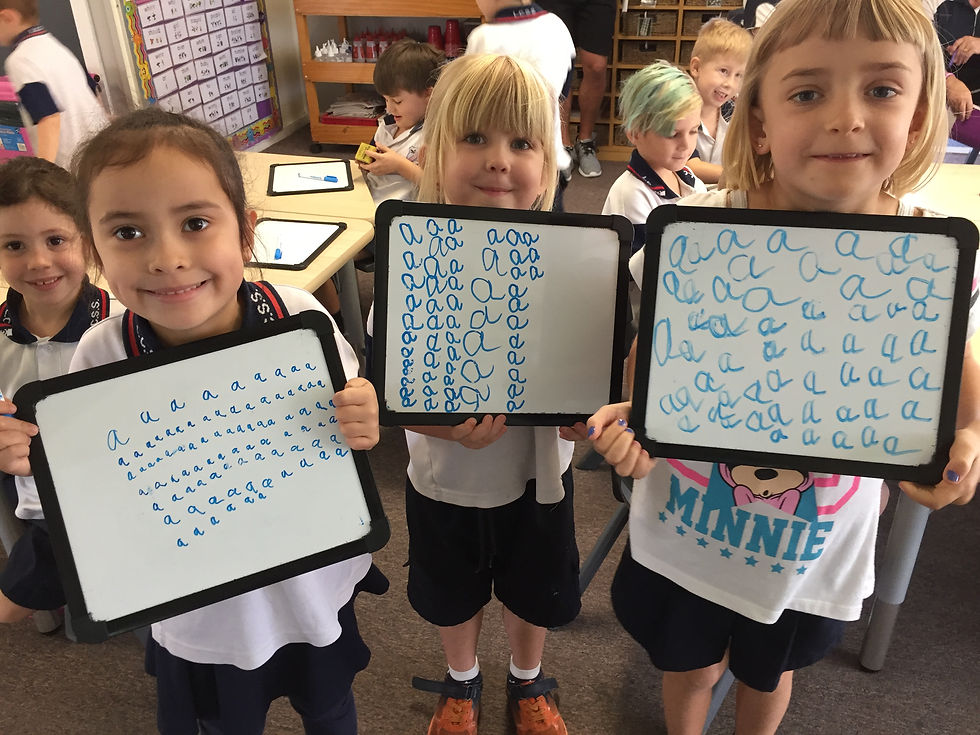Learning to map words with the MyWordz® tools can be life-changing for children who struggle to read and spell. By using word mapping technology that shows the phonemes and graphemes clearly, you can prevent your child or students from experiencing difficulties when learning phonics.

MyWordz® Word Mapping Training - Express an Interest
You don’t need any teaching experience. Just a connection with the child you’ll be supporting. This is about helping them understand word mapping, not learning how to use a phonics programme.
In the meantime are you following us on Facebook.com/SpeechSoundPics
We also suggest an introduction to the Speech Sound Monsters by watching the 10-Day Phonemic Awareness Plan at SpeechSoundPlay.com – a child-friendly alternative to Letters and Sounds Phase 1.
Child-led Word Mapping Mastery®! Encoding: The Foundation of Spelling
Included in the MyWordz® Tech
Learn to do what this lovely mummy is doing with her four-year-old Avery, who is leading the learning. And that is key. Rather than deciding what you want them to learn, let them choose what they want to read or write, and go with that. Avery is mad keen on forming letters, but many aren't. You can do the writing, or simply print off the words they choose. It’s all about meeting the child where they are.
They are not constrained by anything. They learn the Monster Sounds really quickly, and the adults around them are using Duck Hands throughout the day and speaking in speech sounds. New to this? You could start with the 10 day plan on Speech Sound Play, then attend training with us. We will show you how to use the tech to meet the needs of the child or children you are supporting. Ideal for TAs in reception and year 1!





This is the first bi-directional word mapping technology designed not only to give learners the answers they need—how to say a word they can’t decode or how to spell a word they want to write—but also to provide the specific support each child needs to secure words in the orthographic lexicon and create new neural pathways, improving phonemic awareness and orthographic knowledge. Showing learners the code - at any age- is lifechanging.




This is also what you do to support dyslexic learners. They say the word they want to know how to spell, using Check Mapping, or they type the word they don’t know how to read. If they are still learning the Phonemies – the Monster Sounds – they can type them into MySpeekie to check the word and hear it voiced.
I supported Luca for a few weeks at the end of his primary years. He scored in the low 80s in his SATs. His primary school head wasn’t keen that I get involved – perhaps it was easier to blame dyslexia than to consider that he might have been an instructional casualty.
These are the ‘tiles’ Luca refers to. He started building words from speech sounds to Sound Pics (graphemes), after spending seven years going mainly in the other direction – looking at the graphemes, trying to figure out the associated sound, and then blending.
Although that approach can be useful, too much was missing for Luca to read and spell confidently. He was doing so well! Unfortunately, his secondary school wasn’t interested in understanding what we were doing either. It’s hard to challenge a well-established system.
Child-led Word Mapping Mastery! MySpeekie® for Speech: One-Screen AAC Focus. Included in the MyWordz® Tech

"Hello"
"Hello Mum"
"Hello Mum. How are you?"
Introductory Pricing
💻 Web Version: £75 per year (Introductory Offer) Sign up at https://MyWordz.tech
App Version downloads with linked account: £5.75 each
📱 One-time app version price £134.95
App Store: https://apps.apple.com/us/app/mywordz-with-myspeekie/id6737770129
Google Play: https://play.google.com/store/apps/details?id=com.thereadinghut.mywordz
Start playing with the MyWordz® tech today!
Child-led Word Mapping Mastery!
Using the Monster Spelling Piano App to Master Core Phonics Code for the PSC
The Phonics Screening Check (PSC) is a statutory assessment in England for Year 1 pupils (typically age 5–6) that tests decoding skills using phonics. Here’s a clear outline of what is tested:
📘 What is the PSC testing?
The PSC tests whether a child can:
-
Accurately decode (i.e. read aloud) grapheme–phoneme correspondences (GPCs) they’ve been taught
-
Use blending skills to read unfamiliar words
-
Apply phonics knowledge to both real and nonwords (or “pseudo words”) that consist of these GPCs
🧠 What skills are assessed?
SkillDescription
GPC recognitionCan the child identify the sound a grapheme (or digraph/trigraph) represents?
BlendingCan the child blend the sounds in a word to read it aloud?
Decoding unfamiliar wordsCan they apply their phonics knowledge to new words, even if they haven’t seen them before?
Phoneme manipulationIndirectly assessed through how well they deal with complex or unfamiliar GPC combinations
🧪 What does the test include?
-
40 words total
-
20 real words (e.g. storm, light, crust)
-
20 nonwords (e.g. sut, yune, thazz)
These are used to check whether children can decode using taught phonics not memorisation
-
-
The words progress in difficulty
-
Starts with simple CVC (consonant-vowel-consonant) words (e.g. cat, nip)
-
Includes digraphs, trigraphs, and two-syllable words
-
Often includes GPCs from Phase 5 phonics (e.g. /ea/, /ir/, /oe/, /ay/)
-




Get the Monster Spelling Piano app to master the core phonics code.
One-time price: £14.95
Available on:
Apple (iPads)
Google Play (Android tablets)
Child-led Word Mapping Mastery®!
Decoding: The Foundation of Reading
'"Follow the Monster Sounds to Say the Word"
